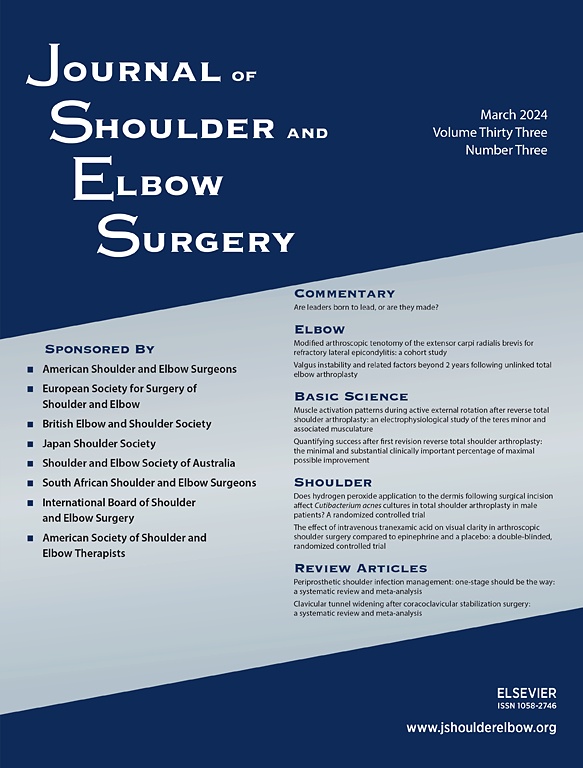
Hemiarthroplasty versus nonoperative treatment of displaced 4-part humeral fractures

Hemiarthroplasty versus nonoperative treatment of displaced 4-part humeral fractures
Hemiarthroplasty versus nonoperative treatment of displaced 4-part proximal humeral fractures in elderly patients: A randomized controlled trial
J Shoulder Elbow Surg; 2011; 20(7):1025-1033Did you know you're eligible to earn 0.5 CME credits for reading this report? Click Here
OE EXCLUSIVE
Dr, Olerud on the treatment of displaced 4 part humeral fractures with hemiarthroplasty
Synopsis
55 elderly patients with displaced 4-part fractures of the proximal humerus were randomized to receive either hemiarthroplasty (HA) or nonoperative treatment. At 2 year follow-up, it was found that quality of life was significantly better in patients who received HA. Additionally, patients in the HA group had significantly better pain scores in comparison to nonoperative treatment although not sig...
To view the full content, login to your account,
or start your 30-day FREE Trial today.
FREE TRIAL
LOGIN
Forgot Password?
Explore some of our unlocked ACE Reports below!

Learn about our AI Driven
High Impact Search Feature
Our AI driven High Impact metric calculates the impact an article will have by considering both the publishing journal and the content of the article itself. Built using the latest advances in natural language processing, OE High Impact predicts an article’s future number of citations better than impact factor alone.
Continue



 LOGIN
LOGIN

Join the Conversation
Please Login or Join to leave comments.